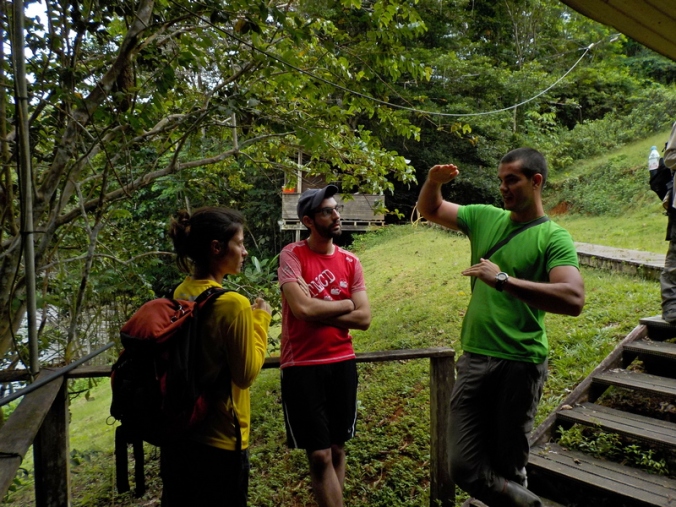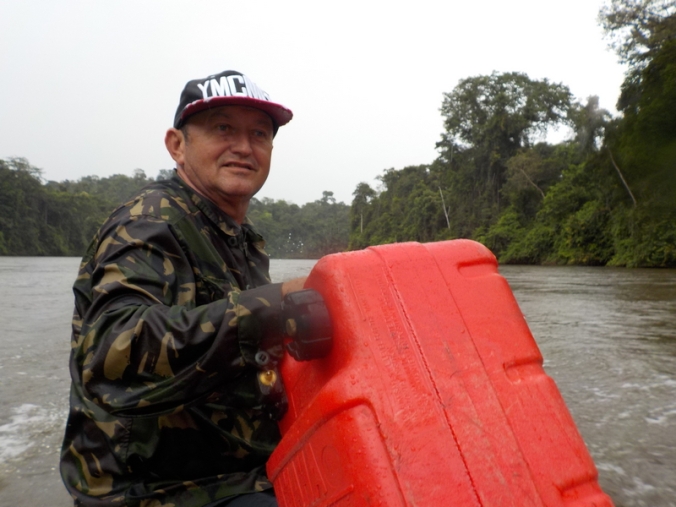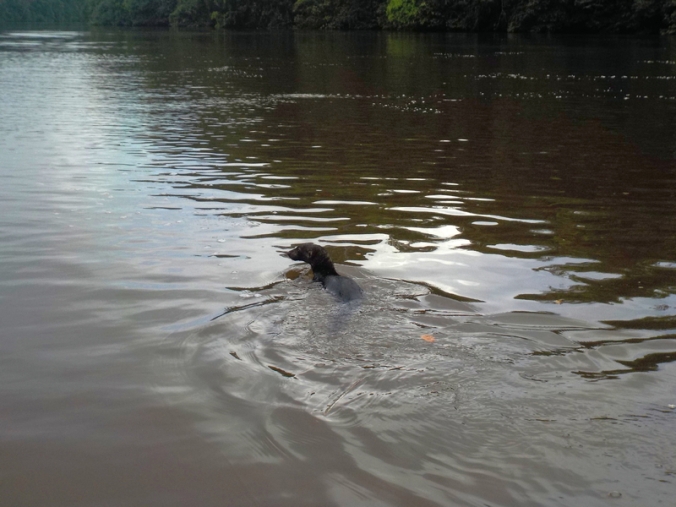A week ago we left our apartment, the first step of moving back to Belgium.

Leandro in our almost empty apartment
Since that day we’ve been busy with many practical things:
Closing our bank account, getting in touch with the electricity and water company to shut down our account, closing our insurance and getting money back from the company, sending material and samples to Belgium, cleaning our office…
Some of these things may seem easy…
… Unless you’re living in French Guiana!

The SuperMoon – View from the Kourou River
We’ll give you two examples:
First of all, the insurance:
Two days before leaving our apartment, Lore went to Allianz (the insurance company). A young woman who was talking really really quietly helped her out. She welcomed her to her desk and asked what kind of insurance we had. It took her some time to do some ‘stuff’ (no idea what she was really doing…) on her computer, in the meanwhile her older colleague came in between ‘with what can we help you, madame?’ (ah, good question!). ‘Ah it’s for terminating your contract. Do you have a proof you quit the apartment, for example your residential lease inventory? Ah no, so you should come back later’.
Two days later… ‘Ok, so we will pay you back the part of your insurance you won’t use anymore. Can you please give us your new address so we can send you the check?’ ‘Sorry madame, but in Belgium we don’t use checks anymore’ ‘whoat? Why not’ … ‘well, if you send us an email in which you explain you can’t receive checks and you send us a RIB as well, we will make sure you get the money by bank transfer’. Thank you!

Our office in the state ‘almost empty!’
What is a RIB? It’s a French document given by your bank, on which your IBAN and BIC are written. And no, it’s often not enough to give just your IBAN and BIC because people here freak out if they don’t get the document with ‘RIB’ stated on it… (we have some more stories about this!)
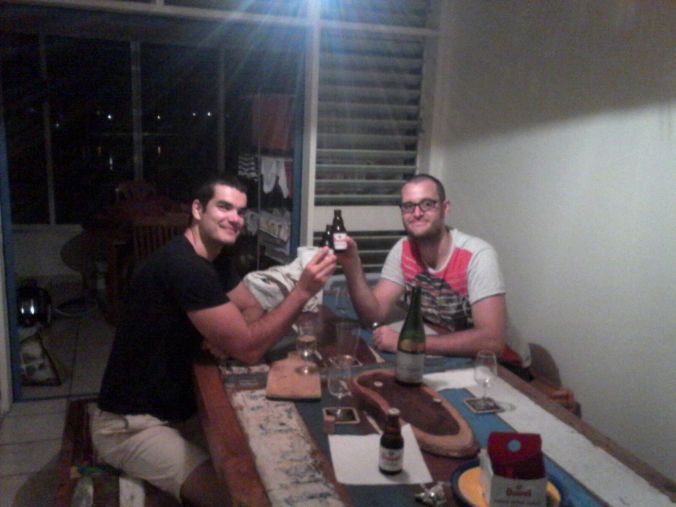
Enjoying a Belgian Beer with Friends!
Second story: Closing our bank account
A week ago Leandro went to our bank to close our account. ‘Sorry sir, we can only close your account when the amount is €0’ … ‘No, we can’t do a money transfer to a Belgian bank’ Hmmm, strange!
Next day, let’s try again with the same guy behind the desk: ‘No, I can’t close the account since you still have money on it, but I can do a transfer’ Yes please! ‘Please come back later this week to close your account’.
Two days later, with the same guy: ‘To close your account you need to write a resiliation letter and I’ll do the rest’ Done!
Or maybe that was too naive of us…
On Monday our account still existed. Back to the bank, for the 4th time! ‘Sorry sir, but the guy last week was an intern and he never reported to me you wanted to close your account’ ggggrrrrr ‘And I cannot close it now, because you have money on it’ Oh please, you can keep your €0.11 interest ‘please come back tomorrow’.
Tomorrow we’re taking the plane… Let’s try one more time in the morning! Wish us good luck 🙂
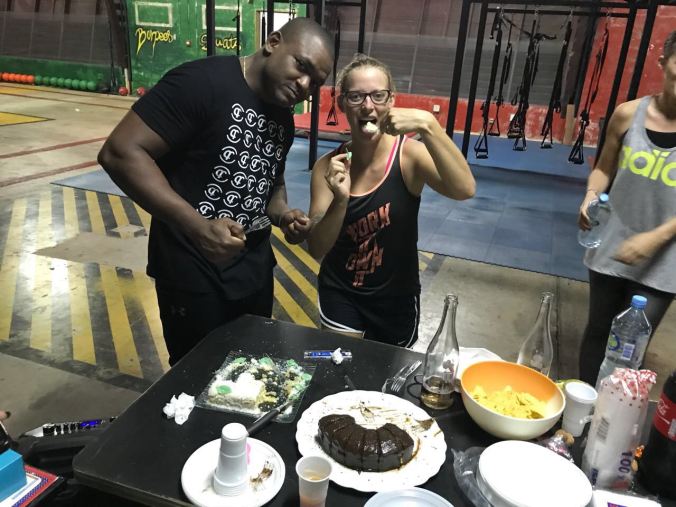
Farewell party after Lore’s last Crossfit training – Thanks to Nicole for the nice picture!

























